Everything to NEED to Know About Locusts
Staring from mid-April, India has observed a plague because of the attacks of the swarms of desert locusts in the country. These destructive migratory insects arrive in India every year. What is it that makes the attack of locusts in 2020 a plague, and a grave danger?
First, let us understand what locusts exactly are. In Hindi, locusts are called tidde. Locusts belong to the grasshoppers’ family. In fact, there is a slight difference in the classification of the two. One can simply say that they are evolved versions of grasshoppers. Life span of one locust is around 90 days. There are many types of locusts. The kind that has attacked India, and many other countries before its arrival in India are known as ‘desert locusts.’ Nymphs are locusts which can only march and hop about, and don’t have wings. Once the nymphs grow wings, they fly about. Locusts can travel 150-200 kms a day.
When there are individual grasshoppers in an area, the movement is termed as ‘solitary.’ However, when the density of the population increases, they are termed as ‘gregarious.’ The evolution hence takes place due to the increase in their sociability. With the increase in the gregariousness, the locusts appear to change physically. They start adopting the colour yellow that is changed from the typical green of the grasshoppers.
One locust swarm can consist up to 80 million locusts, that can cover up to 1 km. Locusts are polyphagous insects. This means that they can feed on all fruits, vegetables and any kind of green vegetation. One swarm of locusts can eat as much as 10 elephants in a day, which is equal to the food of 3,500 people. Locusts move together. They even breed and feed together.
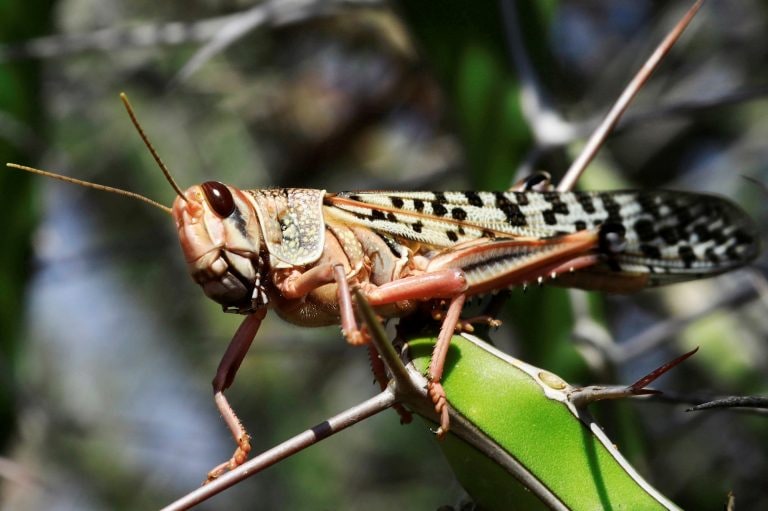
If locusts arrive in India every year, what is it that makes the year 2020 different?
It is true that locusts arrive in India every year. What makes this year different is the early arrival of the insects. The breeding season of locusts in India is between July to October. However, in Rajasthan, the two to three 1 kilometre swarms of these insects were spotted first on April 11th in Jaiselmer, Rajasthan.
Why does the early arrival make a difference?
The swarms of locusts that have arrived in India have not bred. However, at the very moment of their arrival, they have started causing a mayhem about. They are feeding on the vegetation of India and have left the farmers harassed and dreaded. One female locust can lay up to 80-90 eggs thrice in her three month cycle. The swarms that have attacked our country are immature winged adults that are still to lay eggs. One can only imagine what is to happen when these voracious creatures reach their actual breeding months (July- October) in India.
What has caused their early arrival?
Locusts need semi-arid areas to breed. In 2018, two cyclones had hit East-African regions of Yemen, Oman and Saudi Arabia. The locusts start accumulating in small groups due the dryness before rain. This is when they start socialising. After the cyclones hit East- Africa, the locusts found favourable conditions for breeding. They multiplied during the rains and shifted from solitary to gregarious. They then started flying in direction of the monsoon winds, entering Iran and Pakistan, followed by India. To cut a long story short, the basic reason of the early arrival was climate change and global warming.
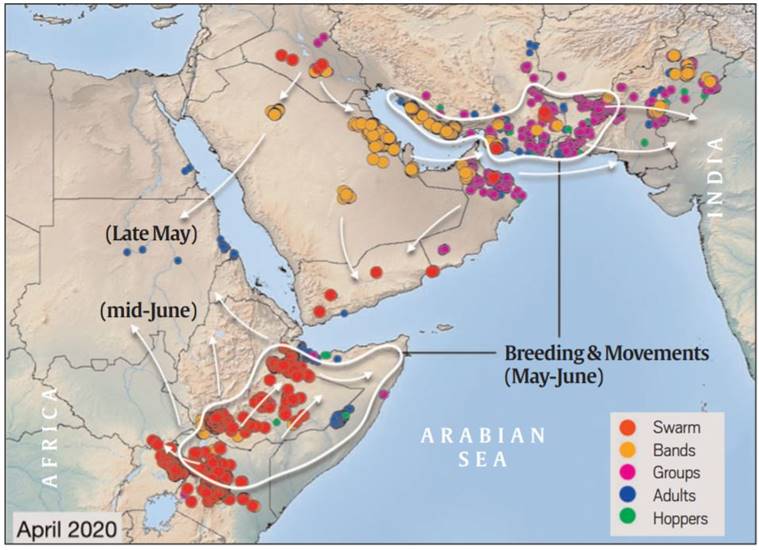
What is a plague?
According to the dictionary a plague is a plight in which an unusually large number of insects or animals infest a place and cause damage. It totally adds up to the desert locust situation. However, in this situation, people have different definitions for plague. Some say that a plague occurs when there is a swarm attack for more than 2 consecutive years. This definition also does justice to the situation given that it had all started in Africa in 2018.
There is another alternative to the definition of plague. It says that there are three types of locust attacks. The first one is an outbreak in which the locusts attack a particular area. A swarm follows, which is also geographically confined. When the attack becomes international, and has affected more than one country, it becomes a plague.
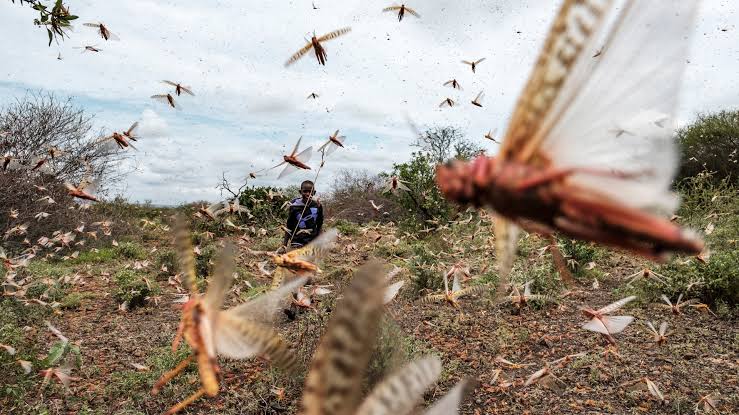
What areas of India are the most affected?
The swarms have gravely affected 5 states of India. They are: Rajasthan, Punjab, Madhya Pradesh, Gujarat and Maharashtra.
Has there been much damage to the crops?
There has been damage, yes. But, not on that large a scale. Luckily for the farmers, they had already harvested the rabi crop. The farmers now wait for the sowing of the kharif crop which must be well monitored.
Are locusts dangerous to humans?
There have been no previous records of desert locusts attacking animals or humans. They are herbivores insects. Although many countries claim locusts to be dangerous for consumption, it is solely because they consist of pesticides which can be toxic. For what has been known, locusts are innocuous to humans.
What does this attack mean for India?
As severe a locust attack was last faced by India 26 years ago. This menacing situation, if not brought under control by India before the breeding season, can lead to annihilation of the nation’s vegetation. The attack of locusts in Pakistan damaged around 40% of the crops of the country. If such is the case in India, there will be lesser consumable crops available. This will lead to increase in price, more starvation, probably inflation and hoarding. In the midst of a pandemic, India will have to strive for food.
The Locust Waring Organization (LWO) of India fears that this attack will be as exponential as the pandemic itself.
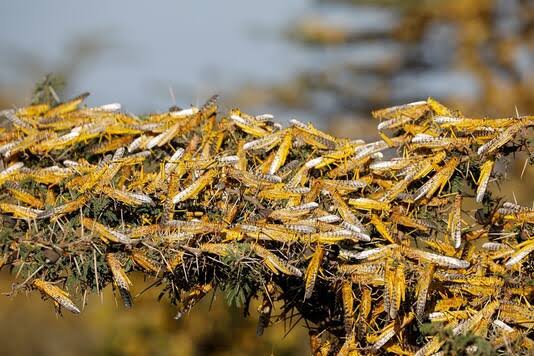
What precautions is the government taking to combat the attack?
The Centre has offered help to the afflicted states to help combat the situation. The Ministry of Agriculture and Farmers Welfare assured 120 survey vehicles, and several other types of vehicles for spraying and monitoring. The Odisha government has started taking precautions already and has guided the farmers by asking them to take preventive measures. The Delhi government has also taken precautionary measures and issued an advisory to prevent migration of these odious insects from the neighbouring states.
Drones are extensively used to spray pesticides. Planes are also being prepared for the same activity. One can satisfactorily say that the government is now aware and is taking effective measures to get rid of the desert locusts.
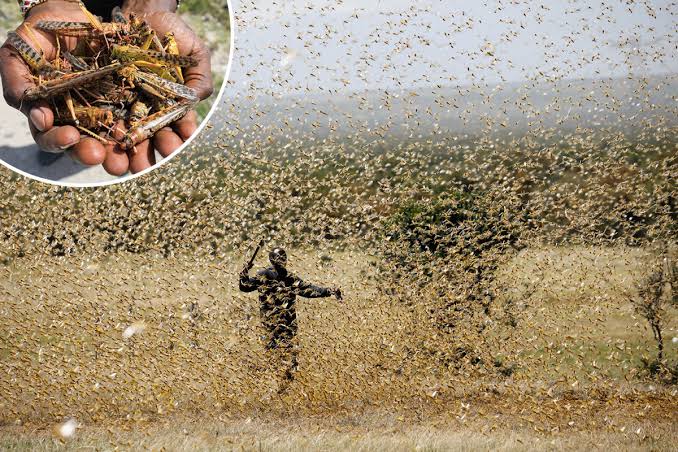

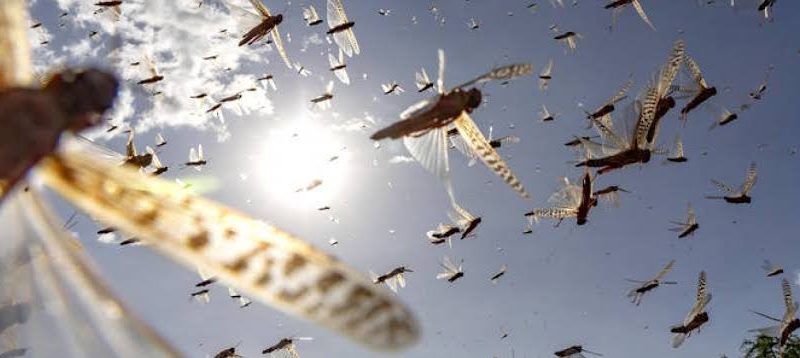


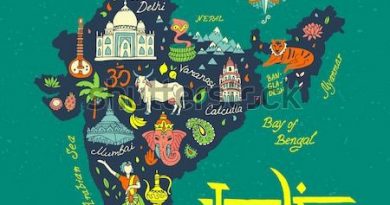
Niceeeee
Wowww😍😍😍
Amazing article too informative 👍 must read